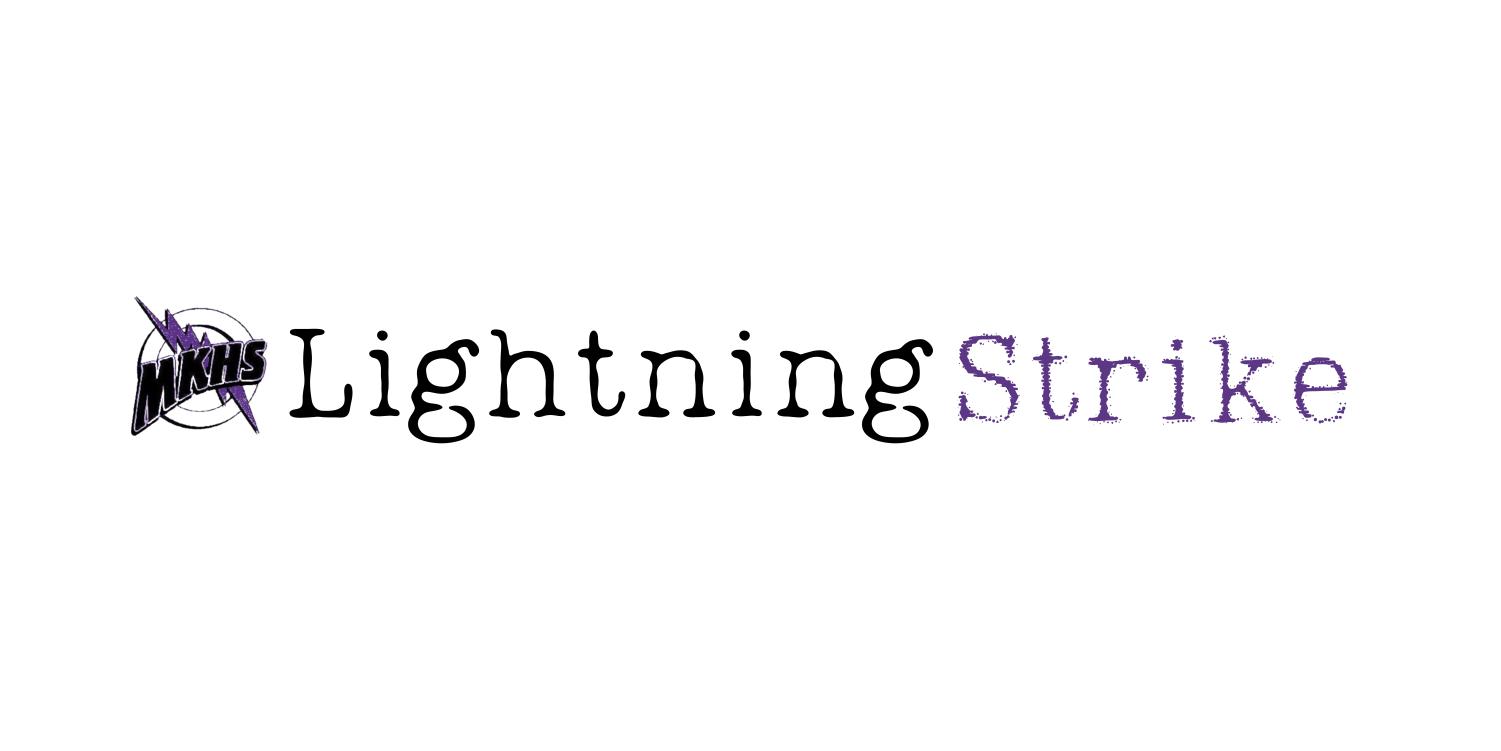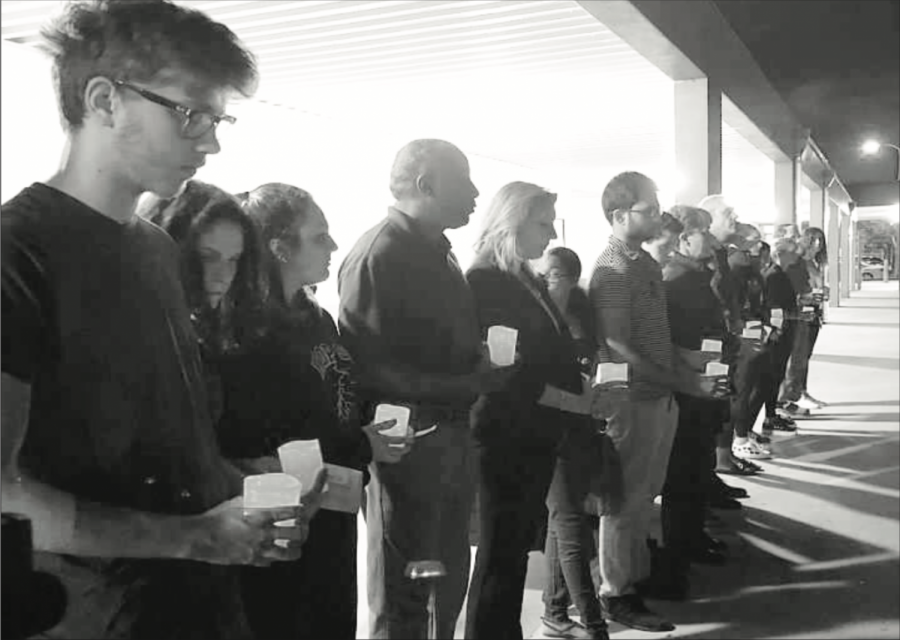365 days later: what has been done since the MSD tragedy ?
HONORING SEVENTEEN: Krop held a vigil after school last year, honoring the lives lost in the Marjory Stoneman Douglas tragedy. Above, 17 Krop students and teachers hold candles representing each victim.
Feb.14 marks the one-year anniversary of the deadliest high school shooting in U.S. history: the Marjory Stoneman Douglas massacre in Parkland, Florida. This tragedy unleashed an avalanche of student activism and launched a global movement for gun reform, sparking the pass- ing of various gun-violence prevention legislation.
One year ago, Nikolas Cruz murdered 17 people, wounded 17 more and traumatized the lives of the hundreds who walked through the blood-soaked hallways. The massacre became one of the over 300 mass shootings that occurred in 2018.
In the wake of the bloodshed, Florida Governor Rick Scott passed the Marjory Stoneman Douglas High School Public Safety Act in March 2018, which raised the gun purchasing age to 21 years old, established a three-day waiting period on gun purchases, and banned bump stocks. The legislation also allowed law enforcement to petition the court for a risk protection order that temporarily prohibits a potentially dangerous person from purchasing or possessing a gun.
However, the bill sparked controversy as it permitted teachers to be trained to carry firearms on campus. Faculty could also choose to opt out of the program.
Critics argue that the legislation raises the risk of gun violence, especially for minorities. Accord- ing to Reuters, a global news organization, minorities have a high- er chance of being mistaken as a threat or being injured in the heat of disciplinary action.
The act also fails to solve a major grievance of activists: a ban on assault weapons similar to the one used on the Valentine’s Day shooting.
Furthermore, the rampage pushed pending gun-safety proposals into passing in at least 24 states. For example, five states including Alabama and Pennsylvania introduced bills making the confiscation of weapons from high risk persons by police easier.
Schools across South Florida have heightened security measures by implementing surveillance cameras, expanding mental health services and enforcing ID and uni- forms. The MSD Public Safety Act now requires an armed student resource officer on every campus in Florida.
Still, many schools face potential danger. More than 25 percent of Broward County public schools have not established a closed cam- pus and are not capable of maintaining a single-point-of-entry system for visitors. Therefore, a stranger or threat could walk onto campus through an open door or gate, as Nikolas Cruz did at Marjory Stoneman Douglas.
In the aftermath of Parkland, Broward County Superintendent Robert Runcie announced his plan to ensure all campuses are secure with only one point of entry by early 2019. However, now construction in over two dozen of these schools will be delayed until 2020.
At 6 p.m. on Feb. 14, a vigil will be held in Pine Trails Park in Parkland in honor of those who lost their lives. A 5k run in Holly- wood will be held Feb. 16 in honor of one of the victims, coach Chris Hixon. Krop will also be holding their own vigil on Feb. 14 during both lunches.


